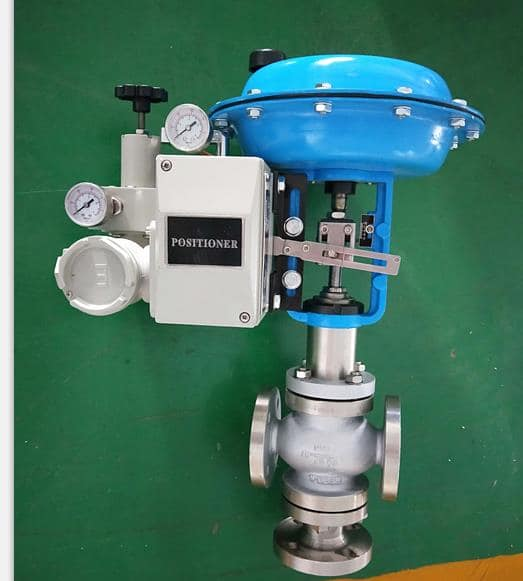Control Valve Manufacturer in USA
SVR Global is the most popular Control valve manufacturer in USA. A control valve is a type of valve that is used in a process control system to regulate the flow, pressure, or temperature of a fluid, such as gas, steam, or liquid. An actuator responds to a signal from a controller by shifting the position of the valve in order to maintain the desired process variable. SVR Global, Control valve manufacturer in USA delivers a cost-effective, leak-proof valve to your door. Control valves are used when essential to maintain the process parameters at ideal levels. The controller set points for this valve are flow rate, pressure, and temperature. They can also support the seat surface, valve closing elements, fluid static pressure, and seat.
Types:
•Globe control valves
•Butterfly control valves
•Ball control valves
•Diaphragm control valves
•Single seat control valve
•Pinch control valves
•Needle control valves
•Three-way control valves
Industries:
Control valves find applications in water treatment plants, wastewater treatment facilities, and distribution systems. They are used to regulate the flow of water, chemicals, and other fluids, ensuring proper treatment and distribution.
•Oil & Gas Industry
•Pipeline Industry
•Marine Industry
•Power Industry
•Nuclear Industry
•Mining Industry
•Chemical Industry
•Petrochemical Industry
Applications:
•Chemical Processing: Control valves are widely used in chemical processing plants to regulate the flow of fluids and gases during chemical reactions.
•Oil and Gas Production: Control valves are used extensively in the oil and gas industry to regulate the flow of fluids, gases, and other process variables during the production and processing of oil and gas.
•Power Generation: Control valves are used in power generation plants to regulate the flow of steam and other fluids used in the generation of electricity.
•Water Treatment: Control valves are used in water treatment plants to regulate the flow of chemicals and other substances used in the treatment process.
Advantages:
•Precise control: Control valves provide precise control over the flow of fluids, gases, or other process variables, ensuring that the process is operating at optimal levels.
•Energy efficiency: Control valves can be used to regulate the flow of fluids and gases to minimize energy consumption, reducing operating costs and improving efficiency.
•Safety: Control valves can be used to regulate the flow of hazardous fluids or gases, ensuring that they are handled safely and minimizing the risk of accidents.
•Reduced maintenance: Control valves can be designed to operate reliably for extended periods with minimal maintenance, reducing downtime and maintenance costs.
•Flexibility: Control valves can be customized to meet the specific needs of a process, making them suitable for a wide range of applications.
Description:
Body Materials: Ductile Iron, Cast iron (WCB, WCC, WC6) LCC, LCB, Stainless Steel (SS316, SS304), Super Duplex (F51, F53, F55)
Class: 150 to 2500, PN10 to PN450
Operations: Electro Pneumatic and Pneumatic
Size: DN15 to DN600
Ends: Flanged, butt weld, socket weld, threaded

